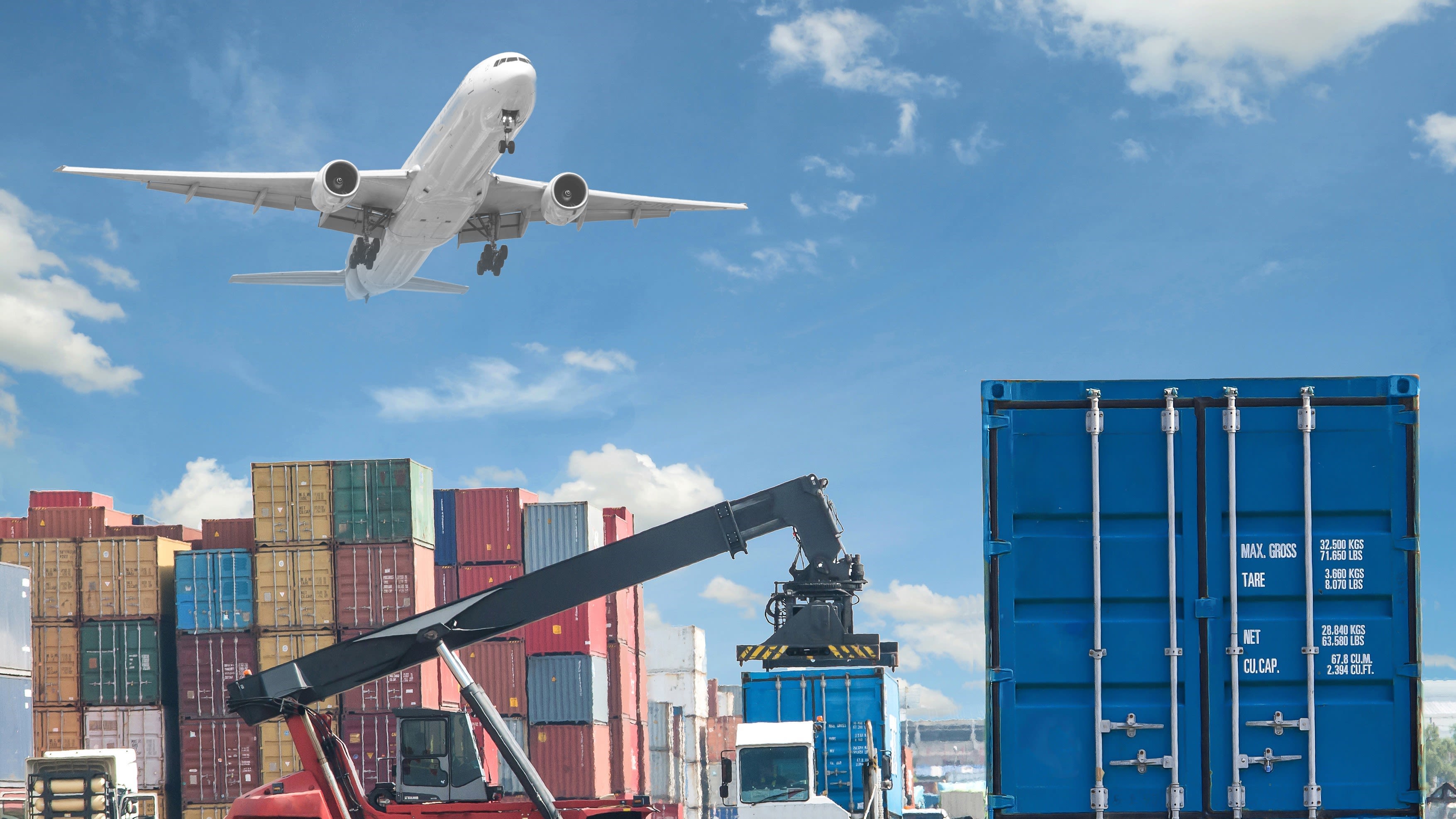Trade Recovery Strategy 2.0

The Trade Recovery Strategy 2.0 helps Aotearoa New Zealand to recover from the impacts of COVID-19, and seize new opportunities for trade and investment as we reconnect with the world.
Trade will be a key driver for overall recovery from the economic impacts of COVID-19. One in four New Zealanders’ jobs are dependent on exports. Exporting firms are more productive, employ more staff and pay better wages. A strong tradeable sector can therefore help drive our economic recovery and raise living standards.
Background
The government launched the Trade Recovery Strategy in June 2020 at a time when the longevity and course of the pandemic and associated border restrictions were unknown. The Strategy sought to put Aotearoa New Zealand in the best possible position for recovery.
In 2022, with Aotearoa New Zealand's borders re-opening, the Trade Recovery Strategy 2.0 adjusts our approach to make the most of reconnecting New Zealand. From a trade, economic, education and tourism perspective New Zealand is now fully open for business. The government is focused on supporting businesses as they reconnect with partners, customers and key markets overseas.
At the same time, we recognise that export sectors and businesses have been impacted unevenly by the disruption of the pandemic and border measures, and that recovery will not be ‘one size fits all.’ Particular attention is needed for an inclusive recovery.
The Trade Recovery Strategy 2.0 also comes at a time of growing risk, uncertainty and pressure in the global economic and trade environment. Building agility and resilience into Aotearoa New Zealand’s trade is now more important than ever.
Trade Recovery Strategy 2.0
To respond to this new reality, the government's refreshed Trade Recovery Strategy (2.0) focuses on four key areas under a ‘STAR’ organising framework:
- Sustainable and inclusive trade: fully supporting the Trade for All agenda to deliver for all New Zealanders, and contribute to addressing global challenges.
- Trade and export lift: lifting the capability of New Zealand’s exporters, and directly supporting kiwi businesses in their markets, including through trade missions and economic diplomacy.
- Architecture: Free Trade Agreements, other trade agreements, and global organisations such as the World Trade Organisation provide the architecture within which businesses can trade under predictable rules. The government will continue to invest in building this architecture, both through the negotiation of new agreements, and implementation of those agreements already concluded, as well as progressing New Zealand’s priorities through the World Trade Organisation, Organisation for Economic Cooperation and Development, and Asia Pacific Economic Co-operation etc.
- Resilience: addressing vulnerabilities exposed or exacerbated by the pandemic, and strengthening New Zealand’s trade against future shocks. This includes promoting diversification of trade, mitigating supply chain pressures, and working with other cross-government economic strategies, particularly for emissions reduction.
These four areas are all inter-related and continue to be underpinned by the Trade for All agenda. They will be delivered through the coordinated action of the eleven agencies that make up the Trade Recovery Strategy interagency group:

By setting us on the right path, the Trade Recovery Strategy 2.0 also complements and supports longer-term government work programmes for economic transformation led by some of these agencies, such as:




Share your views
If you are a New Zealand business facing issues in your trade with overseas markets, or you have views to share on Aotearoa New Zealand’s trade recovery, then we want to hear from you. You can get in touch through www.tradebarriers.govt.nz or by emailing us at exports@mfat.govt.nz

